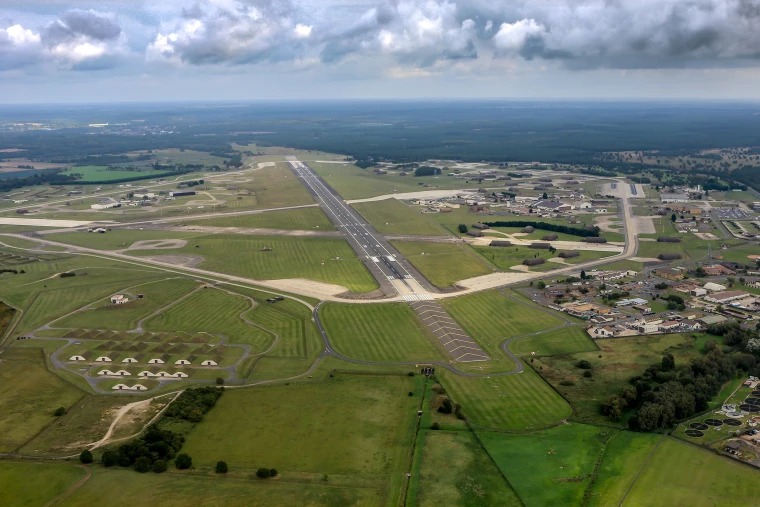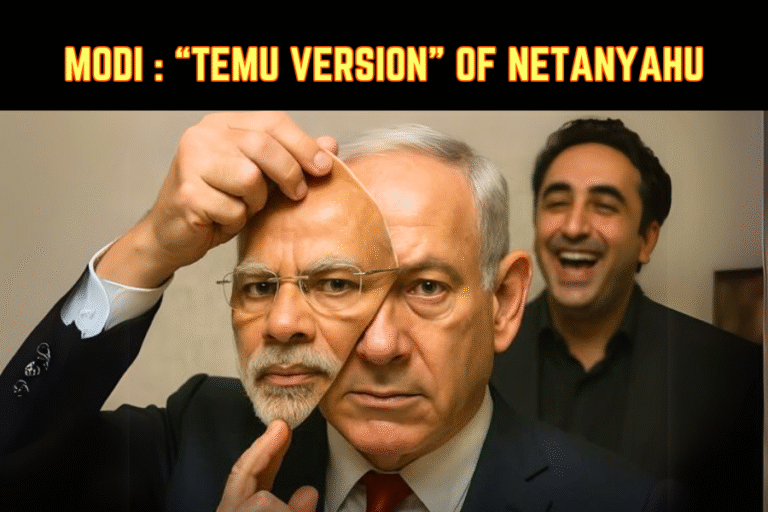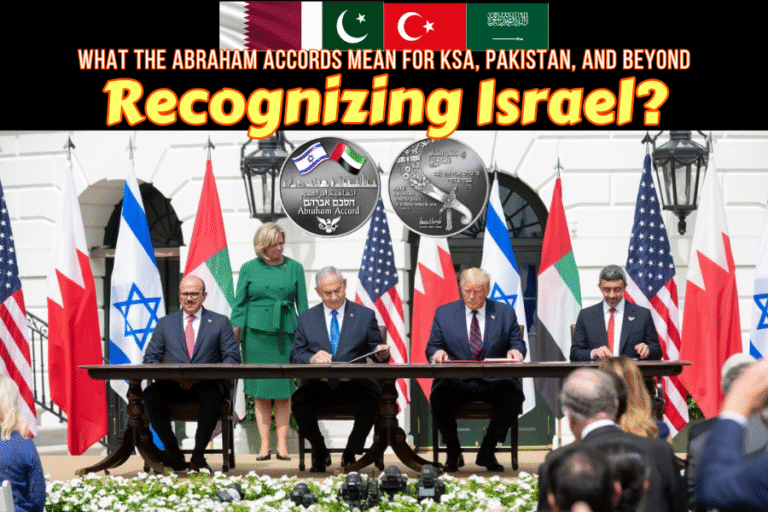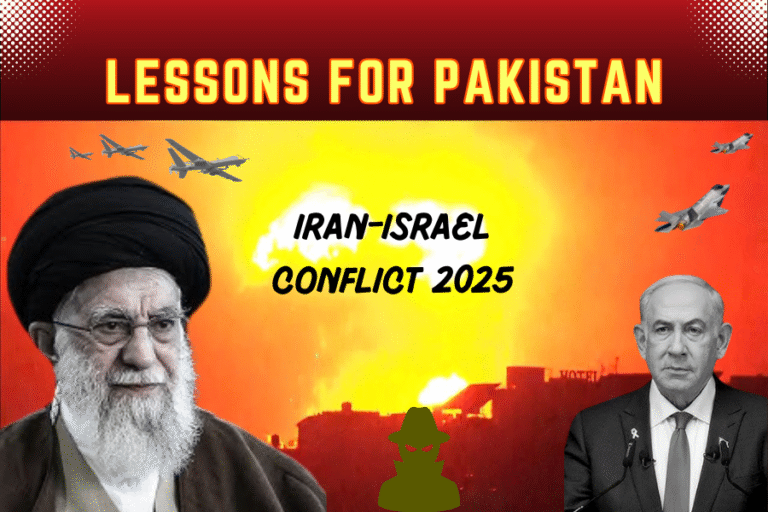(By Khalid Masood)
An airbase is not a factory or a dam—it is a fortress of steel and strategy, designed not just to function, but to endure. Unlike civilian infrastructure, it resists the finality of destruction. Runways may be cratered by bombs, but Rapid Runway Repair teams spring into action, restoring the lifeline of air power within hours. The aircraft, shielded inside hardened concrete shelters, remain untouched by ordinary munitions. Even if the control tower is struck, command is swiftly taken over by underground bunkers or mobile units, leaving no gap in leadership. Ammunition and fuel, buried deep beneath layers of reinforced earth, remain untouched—far beyond the reach of standard bombs. Striking them requires deep-penetration weapons, the kind neither India nor Pakistan currently possesses.
Yet, Indian media spins tales of triumph—loud claims that they have “destroyed” Pakistan Air Force bases and brought PAF to its knees. These are nothing more than illusions of grandeur, propaganda dressed as victory. At the same time, they bury the truth about successful attacks on their own installations, hoping silence will erase embarrassment. What most people don’t realize is that an airbase is not a tiny outpost that can be wiped off the map with a few bombs. It is a vast, layered defense network. It cannot be destroyed—it can only be temporarily put “out of action,” and even that, only for a few fleeting hours.
To “destroy” an airbase is a myth. The reality is this: an airbase breathes again—and quickly.
_______________________________________________________________________________
For several days, India has been loudly claiming to have destroyed a Pakistan Air Force base in Rahim Yar Khan.
Pakistanis, however, were perplexed, as there is no PAF base in Rahim Yar Khan.
It has now become clear that what the Indians actually targeted and damaged was a remote airstrip known as Al Habieb Airstrip or Chandna Airstrip that was built years ago in the Cholistan Desert by Sheikh Zayed of Dubai for his personal use. Even today, members of the UAE royal family come there every year for houbara bustard hunting expeditions.
Sheikh Mohammed of Dubai has reportedly expressed strong displeasure over the incident and has instructed his staff to immediately repair the damaged airstrip and to send the bill to India for payment.








